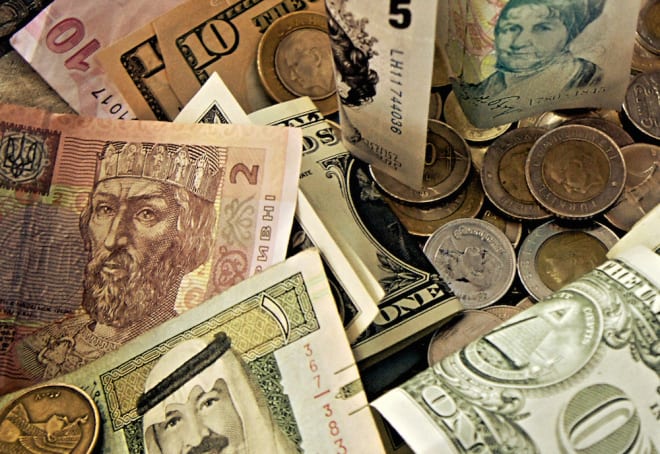
EpSos.de (CC), Flickr
It has almost completely vanished from the news in the United States, but Ebola persists in three countries in Africa: Liberia, Guinea, and Sierra Leone. The World Health Organization’s update today puts the case toll at 21,171 in those three countries, with 8,371 deaths. (Eight thousand deaths. Think about that, for a minute.)
But the uncomfortable reality is that the impact of Ebola reaches far beyond those individual cases. In reports issued today and in December — which I missed at the time, so am bumping it back up for reading now — the World Bank predicts that the disease will cripple the economies of these countries into the future.
Some examples from the current reports, on Liberia and Sierra Leone:
- Half of the heads of households in Liberia are out of work.
- 60 percent of women and 40 percent of men in Liberia are unemployed.
- 80 percent of families growing food had smaller harvests in the past growing season than the year before, because they were unable to find workers to help with the harvest.
- Two-thirds of Liberian households were not able to buy enough food.
- In Sierra Leone, 179,000 people have lost their jobs due to Ebola’s effects.
Possibly the most worrisome point in today’s reports is made about Liberia:
Households across Liberia have undertaken various mechanisms to cope with Ebola’s socio-economic effects. Eighty percent of those surveyed had either sold assets, sold or slaughtered livestock, borrowed money, sent their children to live elsewhere, spent savings, or delayed investments since the start of the Ebola crisis — all of which can have negative long-term effects on their welfare. Those in the south-easternmost counties, historically the poorest region of the country, were the most likely to undertake these coping strategies, even though they are among the least directly affected by (Ebola).
That households are cashing in assets to cope with the effects of Ebola suggests that, when the crisis reaches its hoped-for end, economic recovery won’t follow quickly. Income may start to flow, but so many people will pick up in a more disadvantaged state than where they started that there will be a lot of catching up to do.
The effects are not only being felt in households, though, but in the wider economy:
- Construction at a major hydroelectric plant in Liberia is on hold, as is a new $10 million palm-oil mill.
- Coffee production in Guinea has fallen by half and cocoa by one-third.
- Inflation in Sierra Leone is expected to rise to 10 percent..
The World Bank report from back in December predicts that the earning potential of the Ebola zone will be harmed for a while:
All three (countries) had been growing rapidly in recent years, and into the first half of 2014. But GDP growth estimates for 2014 have been revised sharply downward since pre-crisis estimates. Projected 2014 growth in Liberia is now 2.2 percent (versus 5.9 percent before the crisis and 2.5 percent in October). Projected 2014 growth in Sierra Leone is now 4.0 percent (versus 11.3 percent before the crisis and 8.0 percent in October). Projected 2014 growth in Guinea is now 0.5 percent (versus 4.5 percent before the crisis and 2.4 percent in October).
As the epidemic continues, these economies will face a difficult year in 2015, as second-round effects kick in and investor aversion takes a further toll. 2015 growth estimates are 3.0 percent in Liberia, -2.0 percent in Sierra Leone, and -0.2 percent in Guinea, down from pre-Ebola estimates of 6.8 percent, 8.9 percent, and 4.3 percent respectively…
These projections imply forgone income across the three countries in 2014–15 of well over $2 billion (over $250 million for Liberia, about $1.3 billion for Sierra Leone, about $800 million for Guinea).
When we think of epidemics, we tend to think of their costs in terms of illnesses and deaths. (At least, I do.) But it is worth considering that epidemics don’t have just that obvious impact; like a stone plunked into a pond, they ripple outward. The ripples of Ebola could be felt for some time to come — and until the disease is contained, which it is not yet, the full bill for the damage will be uncalculatable. But, the Bank observes, it could be enormous:
If the epidemic continues in the three worst- affected countries and spreads to neighboring countries, the two-year regional financial impact could range from a “low Ebola” estimate of $3.8 billion to a “high Ebola” estimate of $32.6 billion.